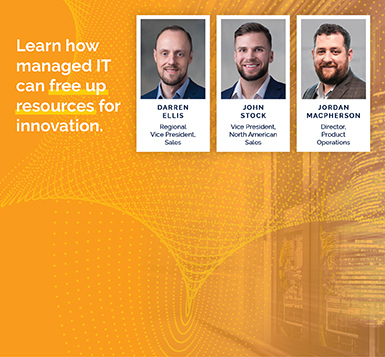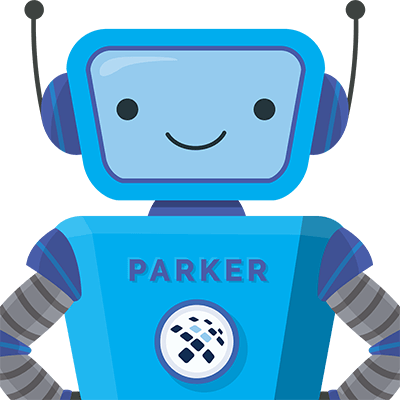Why Hybrid TPM/OEM Support Strategies Are Growing … and How to Develop One
Park Place Hardware Maintenance
Various combinations of support are empowering IT to devise their own “perfect mix” that meets specific needs.
A new Gartner paper “Market Guide for Data Center and Network Third-Party Hardware Maintenance”—(get our complimentary copy here)—makes clear that third party maintenance (TPM) is here to stay. With a forecast of 35% growth by 2020 and a wide range of providers, TPM is an increasingly trusted way to access high-quality support for server, storage, and networking equipment.
But not all customers do it the same way, In fact, various combinations of support are empowering IT to devise their own “perfect mix” that meets specific needs. Here’s a look at what’s driving the trend and how to devise a hybrid support solution.
Hybrid Support is Gaining Popularity
Gartner has this to say about hybrid maintenance strategies:
“Using OEM-authorized and OEM-independent maintenance…is becoming more common in the hardware support market, with a thriving ecosystem of independent support providers for server, storage and networking equipment. End-user customers are selectively using TPMs to cost-effectively extend the life of IT assets, control OEM-forced upgrades, and save money.”
Those factors have a lot to do with why TPM in general and TPM combination support solutions are gaining ground. The variety of independent third-party maintenance providers has grown and there are a number of highly respected, reliable companies to choose from. Customers’ comfort level with moving away from the OEM, at least at some point in the hardware lifespan, has also increased. It’s no small thing that there are now thousands upon thousands of enterprise-level IT shops that have used TPM and speak highly of the experience, and this type of evangelism is having an impact.
The savings are nothing to sneeze at either. Gartner pegs the average at about 60% off the OEM price. Especially when taken across a number of IT hardware assets, those savings can have a substantial bottom-line impact and/or help to make room in the budget for strategic investments.
The “end of EOSL,” as we like to call it, can also be a factor. IT pros simply got tired of having reliable, fully paid for equipment running along nicely, only to find out that the OEM was going to rescind support for “end of support/service life.” Being forced to upgrade based on an arbitrary OEM timeline didn’t sit well with many data center managers and other IT leaders. They got on board with third-party maintenance to save a beloved piece of equipment, and many grew their TPM relationships from there.
Why Not 100% TPM?
As significant as the advantages are for third-party maintenance, there are reasons that some customers want to retain OEM support, some of the time and/or for certain equipment. They may automatically purchase three-year support agreements as a bundle with new hardware as a matter of policy, price discount, or convenience. Certain OEMs may make some level of support a requirement to access patches and updates.
Customers have found, however, that they don’t need to completely forego the advantages of TPM if they want some OEM involvement. Other options include:
- Purchasing OEM support alongside the equipment, but switching to TPM at the first contract renewal, usually at the one, three, or five year mark.
- Lowering the level of OEM support purchased, potentially to a “software updates only” option, and supplementing with lower cost, comprehensive TPM support.
- Finding the “sweet spot” for equipment, which usually comes about the third or fourth year of service life, when OEM updates are unlikely. Some companies institute a policy of switching to TPM at that point.
- Auditing equipment on a case-by-case basis and switching to TPM as soon as updates become infrequent, minor, or unnecessary for a stable installation.
- Selecting TPM based on the equipment or application, maintaining OEM involvement for only for mission critical hardware or only for networking hardware, or other designation.
- Using TPM solely for EOSL systems that the organization wants to keep installed, without risking failures or adding spare parts management to the IT department’s responsibilities.
Of course, any of these basic strategies can be combined to customize a support solution that truly meets the organization’s needs and budget. Gartner has some more advice, including recommendations for selecting a TPM provider. If a hybrid TPM solution sounds interesting, grab their report here.



